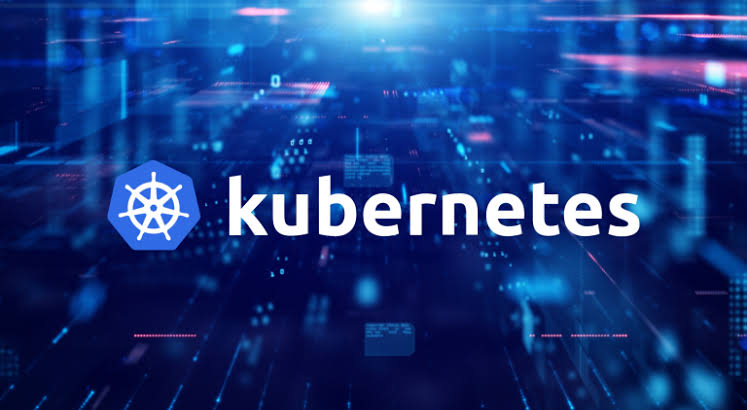
A good backup solution should automatically discover the components running on the cluster and treat them as atomic units. It should be able to capture and store application data and adhere to the 3-2-1 rule: always keep three copies of your application data, one on-site and two off-sites. If possible, choose a solution that can scale up and down automatically in accordance with your changes and requirements. But how to back up and restore a kubernetes cluster?
Backup for GKE
Google has released a cloud-native service called Backup for Kubernetes (GKE) for developers to protect their containerized applications and data on Kubernetes. Unlike other backup services, this solution allows developers to schedule periodic backups, restore them, and even schedule them to run in multiple regions. GKE is becoming more popular as users run stateful workloads in containers.
If you are using a GKE cluster, backups can be created as code easily cloned and migrated. A backup tool called Infrastructure as Code (IAC) can be used to reproduce a GKE cluster. Moreover, you can use it to migrate your cluster from one cloud provider to another. It is also possible to migrate your GKE cluster using Velero.
The backup configuration is a chain of backups. A backup configuration includes the source cluster, the list of workloads to be backed up, and the region where backup artifacts are stored. The restore plan provides a reusable restore template, including restore configuration, substitution rules, and conflict handling. You can also schedule backups to run at specific times to avoid downtime and minimize the possibility of disasters.
etcd
There are two methods for backing up your Kubernetes cluster. One is to create a backup of individual pods, and the other is to create a recurring backup of the whole cluster. You can also use an olcnectl module restore command. However, both options require the cluster to be running. Therefore, it is highly recommended to back up your whole cluster regularly.
One way to back up your whole Kubernetes cluster is by using a bitnami Helm chart. This tool can create a snapshot of the cluster. Then, to restore your cluster, you can select the image and follow the steps. But remember that you can also use bare-metal or managed Kubernetes clusters. If you choose to back up your entire cluster on a bare-metal server, you must use a tool that supports this functionality.
filesystem snapshot
One of the key benefits of using a filesystem snapshot for backing up your Kubernetes cluster is that data backups will preserve the state of the cluster and its application environment. Therefore, such a failed cluster deployment is essential in a disaster. To make this process even easier, here are some tips. You can even use GitHub to back up your cluster.
Create the VolumeSnapshot resource. It is the most popular way to back up your Kubernetes cluster, as it is the most convenient way to protect the data you’ve created. The VolumeSnapshotContent resource is a snapshot of the volume content. The data is stored in the volume’s content, so you must make it before you start using it.
Velero
A Kubernetes cluster backup tool like Velero can help you recover your cluster in the event of a disaster or failure. Kubernetes is a system that eventually becomes consistent. It is, therefore, important to back up your cluster in case of any issue, even if it’s something small. A backup tool like Velero will allow you to restore your cluster and migrate to another environment in case of disaster.
To use Velero, you should install CloudBees CI on an empty cluster. It runs on a service account with cluster-admin permissions and doesn’t support role-based access controls. Therefore, only trusted administrators should access your backups. You can also lower permissions and use the tool to back up only those resources that the service account is allowed to access. One drawback of Velero is that it does not support multi-tenancy in a single instance.